China passport countries list in 2022
China passport countries list in 2022
Chinese citizens can travel to 14 South America countries

Venezuela tourist visa is required for Chinese passport holders. Venezuela is part of South America, South America with main city at Caracas. Its Developing country with a population of 31M. The languages typically spoken are Spanish. The main currency is Bolívar.
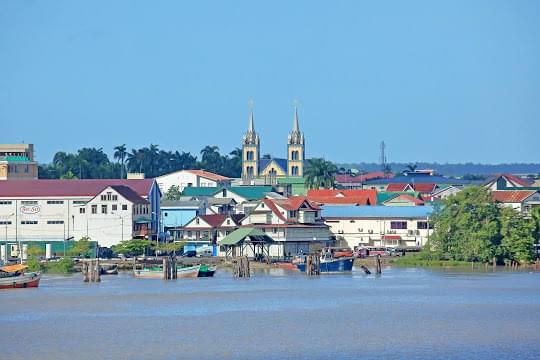
Suriname tourist visa is free for Chinese passport holders and the duration of stay is 1 month. Suriname is part of South America, South America with main city at Paramaribo. Its Developing country with a population of 542K. The languages typically spoken are Dutch. The main currency is Surinam Dollar.
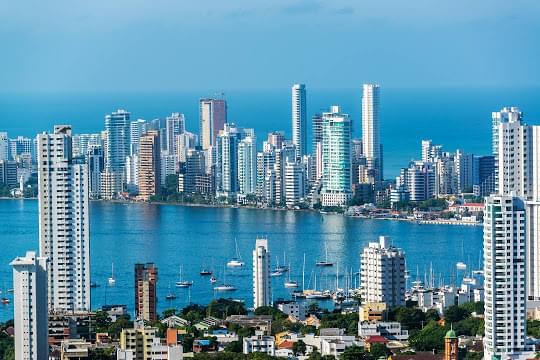
Colombia online e visa is available online for Chinese passport holders. Colombia is part of South America, South America with main city at Bogotá. Its Developing country with a population of 49M. The languages typically spoken are Spanish. The main currency is Colombian Peso.
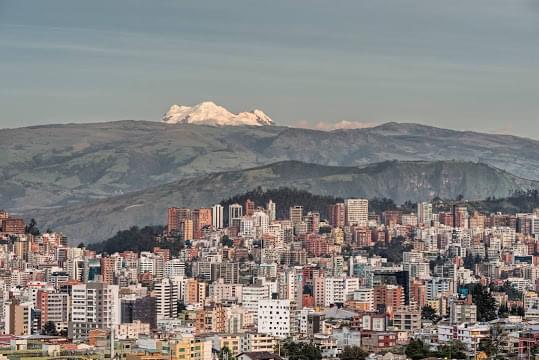
Ecuador tourist visa is free for Chinese passport holders and the duration of stay is 3 months. Ecuador is part of South America, South America with main city at Quito. Its Developing country with a population of 17M. The languages typically spoken are Spanish. The main currency is US Dollar.
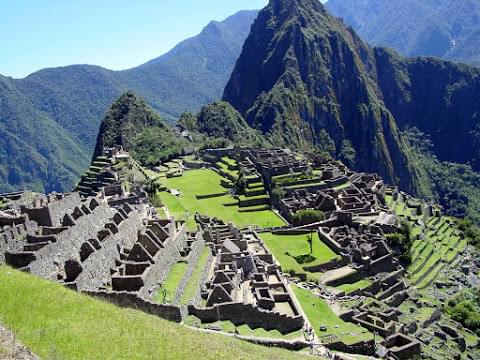
Peru tourist visa is required for Chinese passport holders. Peru is part of South America, South America with main city at Lima. Its Developing country with a population of 31M. The languages typically spoken are Spanish. The main currency is Sol.

Bolivia visa on arrival is available on arrival for Chinese passport holders and the duration of stay is 3 months. Bolivia is part of South America, South America with main city at Sucre. Its Developing country with a population of 11M. The languages typically spoken are Spanish, Aymara and Quechua. The main currency is Boliviano.
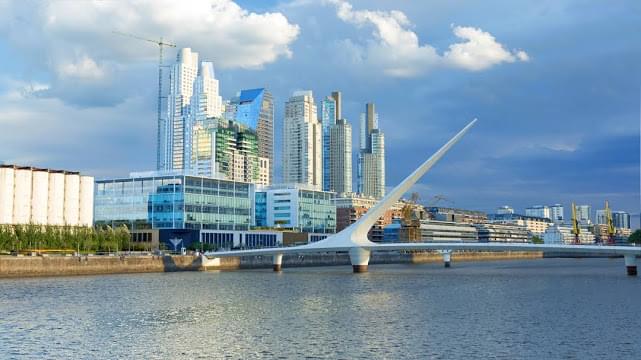
Argentina tourist visa is required for Chinese passport holders. Argentina is part of South America, South America with main city at Buenos Aires. Its Developing country with a population of 44M. The languages typically spoken are Spanish and Guaraní. The main currency is Argentine Peso.

Guyana tourist visa is required for Chinese passport holders. Guyana is part of South America, South America with main city at Georgetown. Its Developing country with a population of 747K. The languages typically spoken are English. The main currency is Guyana Dollar.
Frequently Asked Questions
Chinese citizens can travel to countries which include Venezuela, Suriname, Colombia, Ecuador, Peru, Bolivia, Argentina, Guyana, South Georgia, Brazil, Falkland Islands, Paraguay, Uruguay and Chile.
China passport map
Where can Chinese citizens travel in 2022
China passport citizens can visit 14 South America countries. China passport countries include Venezuela, Suriname, Colombia and Ecuador. China passport is ranked 151 by Visa List Index 2022.
China is part of Eastern Asia, Asia with main city at Beijing. Its Developing country with a population of 1B. The main currency is Yuan Renminbi. The languages spoken are Chinese. Find best countries to travel on visa. See a visual map of visa requirements on the world map.
China Regional Snapshot: South America

China’s Influence in South America:
While the United States is Latin America’s largest trading partner, China remains South America’s top trading partner.
Based on World Economic Forum’s figures, trade between China and Latin America grew 26-fold between 2000-2020 (increasing from $12 billion to $315 billion); and is expected to double by 2035, reaching more than $700 billion.
Since 2005, China’s state-owned banks including the China Development Bank and the Export-Import Bank of China, have distributed 117 loans throughout the region – totaling $138 billion. The three recipients of these were Brazil, Ecuador, and Venezuela, where the terms were drafted to provide the PRC favorable access to each country’s natural resources.
In 2001, the region’s exports to China accounted for just 1.6% of total exports. By 2020 this figure had grown to 26%.
China’s Foreign Investment in South America:
As of May 2022, seven countries in South America participate in the PRC’s Belt and Road Initiative (BRI) – Venezuela, Ecuador, Peru, Bolivia, Chile, Argentina, and Uruguay.
As of 2021, energy accounts for almost $94 billion (about 34%) of foreign investment, infrastructure accounted for $26 billion (about 42%) and mining accounted $2.1 billion (almost 3%).
In 2021 alone, Chinese state-owned companies, including China Railway Construction, China Communications Construction, and China National Off-shore oil (CNOOC), funded $11.3 billion worth of projects in South American countries.
China’s Foreign Investment in South America’s Mining and Energy Sector:
Chinese state-owned firms are heavily involved in energy development; PowerChina, for example, has more than fifty ongoing projects across five Latin American countries – including Argentina, Brazil, Bolivia, Chile, and Peru.
From 2018 to 2020, China invested $16 billion in overseas mining, including investing in South America’s “lithium triangle,” the region consisting of parts of Argentina, Bolivia, and Chile. These countries account for 56% of the world’s lithium resources.
The PRC represents the largest investor in Peru’s mining sector, controlling seven of Peru’s largest mines, 100% of Peru’s iron production, and 25% of their copper output.
The $1.4 billion Mirador mining project in Ecuador, operated by the subsidiary of a Chinese SOE, has led to the displacement of local populations, land seizures and environmental damage.
The PRC owns two of the five largest copper mines in Peru – the Las Bambas Project, which produced an estimated 263 thousand tonnes of copper in 2020, and the Toromocho Project, which produced an estimated 190 thousand tonnes of copper in 2020. Both projects are set to operate until 2038 and 2056, respectively.
As of 2022, Chinese based Tianqui Lithium Corp. is the second largest shareholder in Chilean lithium miner SQM, the world-leading bring-based lithium producer, with a total of 25.9% shares.
China’s Security and Law Enforcement Support to South America:
The governments of Venezuela, Ecuador, Bolivia, and Argentina have purchased PRC defense equipment, cooperated in military exercises, and engaged in educational exchanges and training for military personnel.
China is heavily focused on expanding Huawei’s presence in the region. Despite U.S. warnings against using Huawei equipment, Argentina and Brazil, among others, depend on it for their cellular networks.
Venezuela, Brazil, Ecuador, and Argentina, among others, have adopted dangerous the PRCs digital authoritarianism tactics like facial recognition technology to combat crime.
China’s Arms Exports to South America
From 2009-2019 China transferred a total of $634 million worth of major military hardware to five South American countries – Argentina, Bolivia, Ecuador, Peru, and Venezuela.
According to the Council on Foreign Relations, Beijing reportedly sold more than $615 million worth of arms exports to the Chavez/Maduro regime in Venezuela between 2009 and 2019. These arms transfers to Venezuela included self-propelled grenades, anti-tank mortars, anti-ship mortars, and radar equipment.
On June 24, 2022, Argentina’s joint military staff visited Pakistan to express their continued interest in purchasing JF-17 fight jets, which are coproduced by the Chinese Aircraft Corporation, in efforts to modernize their armed forces. The Chinese government is willing to assist in funding this acquisition program, but progress on this transaction is still unclear.
China’s Soft Power in South America
As of October 2021, China has established 28 Confucius Institutes in South America. 11 of these are located in Brazil and with others located in Peru, Colombia, Ecuador, Argentina, Bolivia, Chile, and Venezuela.
Since 2015, the PRC has participated in three summits with leaders and foreign ministers of the Community of Latin America and Caribbean States (CELAC), a region-wide organization that excludes the United States and Canada.
As of 2022, one country, Paraguay, in South America has diplomatic relations with Taiwan; the remaining nine countries recognize the PRC.
Since taking office in 2013, President Xi Jinping has visited Latin America 11 times, including trips to Ecuador, Chile, Argentina and Peru.
The PRC funded the Maduro regime in developing the Fatherland Card technological platform and the database containing the confidential data of this national smart-ID card. These initiatives, in tandem, are used with the intention of controlling access to food and build a system to supervise individual’s social, political, and economic behavior.
Source https://visalist.io/china/all-visas/south-america-subregion
Source https://gop-foreignaffairs.house.gov/china-regional-snapshot-south-america/
Source